Science Illustrated delivers natural science, break through discoveries and an understanding of the world for the entire family. Packed with stunning photography and in-depth editorial it’s a visually spectacular gateway to the world looking into the beginning of life to distant objects in the universe.
Science Illustrated
MEGAPIXELS
SCIENCE UPDATE • THE LATEST FINDINGS AND DISCOVERIES
Spider not so sexy after all… • It turns out that the male peacock spider’s sexy mating dance isn’t designed to impress her, rather to scare her so much she won’t eat him.
Estuaries could harvest ‘blue energy’ • A new membrane harvests clean energy by using the difference in salt content between rivers and oceans. If deployed globally its potential could equal the power generated by thousands of nuclear power plants.
A blue whale’s heart beats only twice a minute • Pulse data from the world’s biggest animals surprise biologists. A blue whale heart works in a way that seems almost impossible.
ASK US • SCIENTISTS ANSWER QUESTIONS FROM OUR READERS
How do insects work together to build things? • Socially-minded insects such as ants, bees and termites are able to build impressive and complex structures. But how do the insects communicate in order to coordinate their activity?
Could we ever get home from a super-Earth? • Huge rockets provide the energy to launch into orbit from Earth. But what if the field of gravity was even more intense – such as on one of the promising exoplanets known as ‘super-Earths’?
THE MYSTERY OF BEING HUMAN • Only a few years ago, the story of our species seemed a simple one – we left Africa, and conquered the world. But since then, newly-found fossils have raised questions about our evolutionary history – even our continent of origin. And now a ground-breaking technique is taking scientists millions of years back in time to discover our ancestors’ deepest secrets.
THEY’VE GOT THE LOOK • They have thousands of eyes, can spot prey’s urine on the ground, or experience the world in stripes. Nothing escapes the sharp vision of nature’s creations when they need to escape or attack.
SPACEX: NEXT STOP MARS • With ‘Launch America’ under his belt, Elon Musk and SpaceX have Mars in their sights, intending to launch ‘Starships’ and the first colonists to Mars within four years.
Renewable energy could be STORED IN LIQUID AIR • When there is neither sunlight nor wind, much of the world still depends on fossil fuels for power. British engineers have now built a facility where surplus energy generated by renewable energy sources can be stored in liquid air.
MITES AND BACTERIA ARE LURKING IN THE DARK • The colder it gets, the more time we spend indoors. Comforting? Not necessarily. Mites gather in your pillow cases, increased coffee and wine consumption slowly yellow your teeth, and to top it all, it’s flu season. Here’s the science to help you through the winter intact…
Cosmic collisions forge heavy elements • Elements are formed in stars, but until now physicists haven’t discovered how the heaviest of elements, such as gold and uranium, are formed. The answer has now been found in a bright gas cloud from two neutron stars that collided.
Atoms grow heavier by capturing neutrons • Heavy elements originate when lighter atoms capture extra neutrons, converting them into protons. In the hot gas cloud from two colliding neutron stars, there are so many free neutrons that the neutron catchment is accelerated.
IS PAIN ALL IN YOUR HEAD? • A new technique allows doctors to observe pain in the brain, revealing that emotions play a much larger role than scientists used to believe. If you are afraid of needles, an injection hurts more. And our mind doesn’t only amplify the pain – the brain also has the best medication...
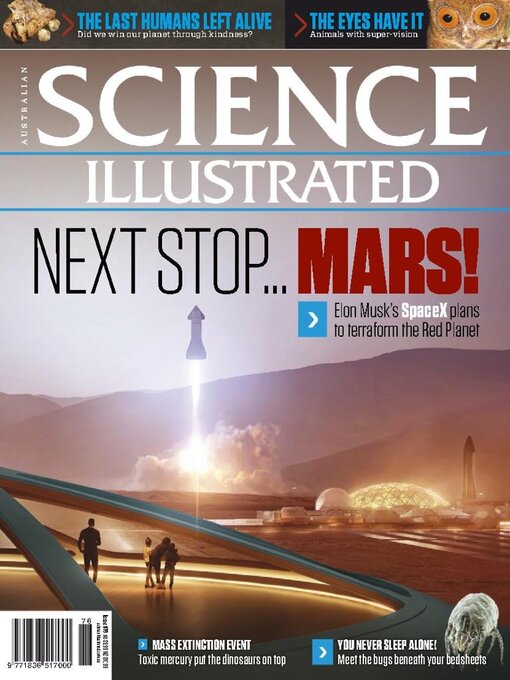
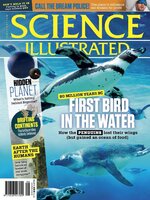 Issue 108
Issue 108
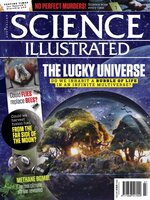 Issue 107
Issue 107
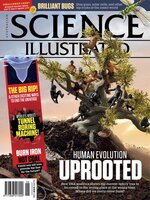 Issue 106
Issue 106
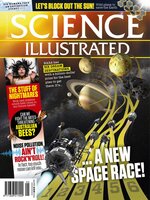 Issue 105
Issue 105
 Issue 104
Issue 104
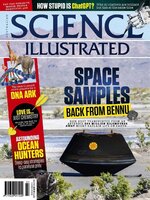 Issue 103
Issue 103
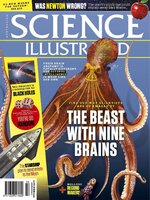 Issue 102
Issue 102
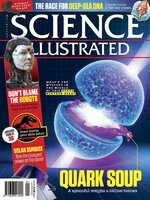 Issue 101
Issue 101
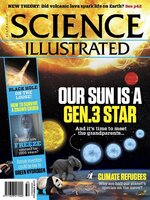 Issue 100
Issue 100
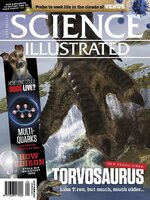 Issue 99
Issue 99
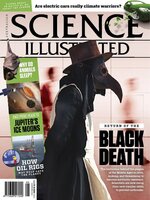 Issue 98
Issue 98
 Issue 97
Issue 97
 Issue 96
Issue 96
 Issue 95
Issue 95
 Issue 94
Issue 94
 Issue 93
Issue 93
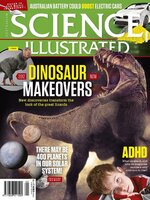 Issue 92
Issue 92
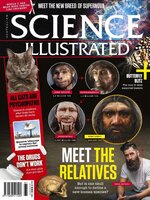 Issue 91
Issue 91
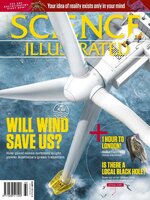 Issue 90
Issue 90
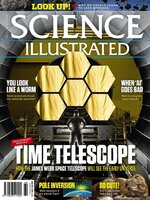 Issue 89
Issue 89
 Issue 88
Issue 88
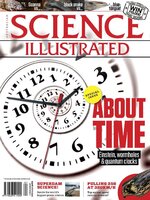 Issue 87
Issue 87
 Issue 86
Issue 86
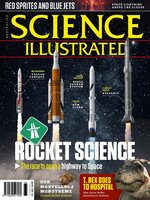 Issue 85
Issue 85
